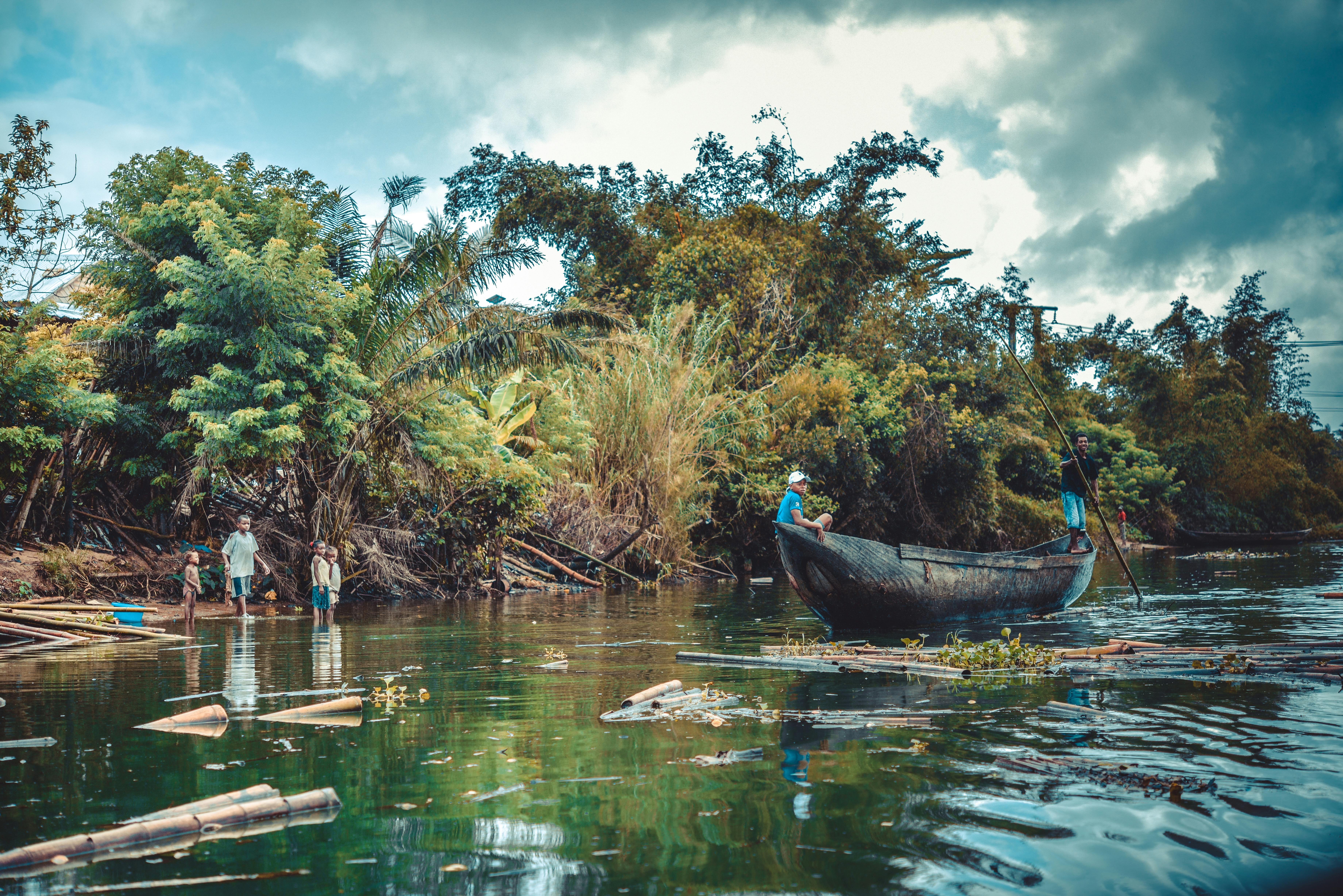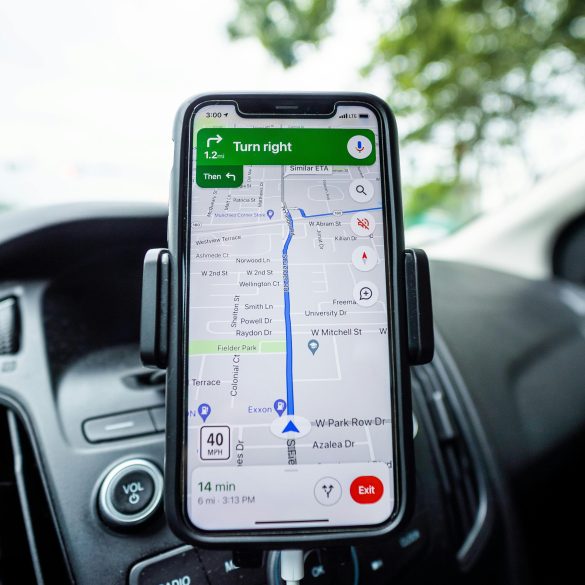Madagascar Eco Tour Launch Guide: Simple Steps for True Local Success
Does anyone really feel ready to launch an eco tour business in Madagascar? Here’s my honest perspective: a few years back—fresh off a bumpy bush taxi ride chasing lemur sightings—I found myself staring at a sprawling rainforest, thinking, “Could local nature experiences ever be both profitable and truly sustainable here?” Madagascar’s ecosystem has a way of forcing clarity: lush, wild, unpredictable, and achingly beautiful. It’s a place where every venture is a calculated leap. The country itself practically begs for eco-driven travel, yet what most guides miss is the uniquely Malagasy mix of opportunity, risk, and—yes—real world constraint.
That’s why I’m crafting this guide: if you’re dreaming of an eco tour startup (whether you’re Malagasy, a returning diaspora member, or simply someone who cares deeply about authentic impact), this is your genuinely actionable, step-by-step roadmap. I’ll share hard-learned mistakes, local insights, evolving best practices, and future-proof strategies. Expect loads of personal asides—because the learning journey here is never one-size-fits-all. You’ll see raw honesty, evolving advice, and hands-on wisdom tailored for beginners but grounded in actual market realities.
Why Madagascar? Local Nature Experiences Matter
Let’s level with each other. Madagascar isn’t just “Africa’s big island”—it’s hands down one of the world’s most exceptional biodiversity hotspots, with more endemic species and dramatic landscape variety than you’ll find almost anywhere1. A staggering 90% of its wildlife isn’t found anywhere else2. But what’s less talked about? The genuine hunger among modern travelers (especially post-pandemic) for local, experience-rich tours run by real Malagasy people—a far cry from the old “foreign guide” model and a deep break from mass tourism’s damaging patterns3.
Travelers crave connection, and here’s where you come in. Madagascar is nicht an easy destination—logistics can be tough, infrastructure is patchy—but it rewards authentic, nature-focused entrepreneurship in ways you won’t find elsewhere. And while global eco-tourism revenue is projected to reach $333 billion by 20274, Madagascar itself is just beginning to harness this wave. As someone who’s guided, consulted, and stumbled through the process, I’ll say this bluntly: the right approach means you’re not just building a business, you’re shaping local futures.
Madagascar is home to more than 14,000 plant species, of which roughly 89% are endemic. Rare orchids, baobabs, and medicinal plants remain undiscovered to the vast majority of tourists. Local guides are the single biggest factor in providing access to these wonders—while safeguarding them for generations5.
Real Opportunity: Why Beginners Actually Have an Edge
Funny thing is, the biggest successes I’ve witnessed come from people who weren’t “tourism pros.” Local villagers, teachers, agricultural workers—these beginners often present experience that’s unpolished, utterly sincere, and far more memorable than anything you can learn in a Western-run eco-tour masterclass. There’s less pressure to “overprofessionalize” and more space to innovate naturally. That doesn’t mean it’s easy. Far from it. But—genuine local connection and accessible learning curve means the barriers to entry are lower than you might think, as long as you start with honest intention and a plan rooted in real Malagasy context.
If you rely on local stories, community involvement, and conservation values from day one, your eco tour startup will stand out—guests remember meaningful moments far more than generic itinerary checklists.
Here’s the first big question I ask every aspiring founder: What do you love about Madagascar’s nature that you truly want others to experience? Be honest, be bold—not everything is about chasing the mainstream. This singular passion, more than any academic or business credential, will power your success and resilience when things get complicated later.
Your First Steps: Business Foundations (even before the “tour” part)
On second thought, before I get ahead of myself (see, it’s easy to jump straight to the fun stuff), you’ll want to lay the groundwork for a robust, legal, and realistic business foundation. Madagascar’s regulatory environment is complex but navigable—if you approach it with patience, honesty, and local support. Here are the foundational steps for beginners:
- Legal Registration: Collaborate locally to formally register your business with Malagasy authorities (the Economic Development Board of Madagascar or your commune’s business registry). This not only protects you in the long run, but signals authentic legitimacy to customers6.
- Licensing and Permits: You’ll need special permits to operate inside national parks and protected areas7. Expect to work closely with Madagascar’s National Parks (MNP) as well as community leaders.
- Insurance: Secure basic public liability insurance—even for micro-operations. Western travelers will ask directly about your coverage (trust me, I’ve learned the hard way).
- Local Partnerships: Prioritize building trust with community elders, local conservation groups, and skilled guides before launching any marketing campaigns. This cannot be faked or rushed.
Yeah, some of these steps feel intimidating. I used to think paperwork was a side note—until a government audit nearly shuttered an early project I helped launch. Lesson learned. It’s always better to overprepare at this phase and build slowly rather than scramble later. And always—always—get advice from Malagasy mentors and experienced operators.
Designing Authentic Local Nature Experiences
Here’s where things get exciting—and, honestly, a little scary for most beginners. Designing nature-based tours in Madagascar is part art, part logistical science, and part cultural diplomacy. What really strikes me: visitors want immersion, not just observation. They want to understand local life, traditions, and environmental challenges—sometimes even more than ticking off famous wildlife sightings. During my first year consulting with a rural eco tour startup in Andasibe, it was our improvised storytelling around vanilla farming (not just lemur tracking) that won guests’ hearts and repeat bookings.
What Makes a Genuine Malagasy Eco Tour?
- Wildlife encounters mit local guides who truly know the land—not just scripted spotting
- Visits to traditional villages with personal introductions and shared meals (home-cooked, not “hotel buffet” style)
- Participation in seasonal local activities: rice planting, fishing, honey harvesting, medicinal plant collection
- Environmental workshops (reforestation, plastic-free practices, community gardens)
- Cultural story nights, music, and dance—a highlight for guests and hosts alike
Don’t try to “out-European” the experience. The less scripted, more personal, and locally led your tours are, the stronger repeat value and word-of-mouth recommendations become.
Practical Guide: Building Your First Itinerary
Let me walk you through an example—one that I’ve helped shape for beginners:
| Day | Erfahrung | Local Value | Sustainability Factor |
|---|---|---|---|
| Day 1 | Rainforest hike with villager guide | Direct local wages, family introductions | No single-use plastics, low impact route |
| Day 2 | Visit community rice paddies | Skill sharing, seasonal celebration | Traditional farming, zero pesticides |
| Day 3 | Medicinal plant walk | Local healer’s insight, cultural transmission | Conservation advocacy |
| Day 4 | Village story night, music & cooking | Community pride, guest participation | No energy waste, local ingredients |
The best eco tours I’ve seen combine nature, shared labor, genuine hospitality, and frequent small-group intimacy rather than mass-market “bus tour” anonymity. If you’re planning your own tour, start simply. Do not overcrowd your itinerary—let guests linger, adapt in real time, and experience the unpredictable Malagasy rhythm. I still recall a traveler’s gratitude after our group joined an impromptu village reforestation—an activity that wasn’t on the schedule at all.
Here’s a mistake I made early on: trying to “program out” every single guest uncertainty. Turns out, the raw, real moments—like negotiating with a local chef over the best way to cook ravitoto—created more lasting connection than any scheduled park lecture. Let the unpredictable work for you.
What If You Don’t Live There?
“If the business doesn’t elevate the local community and environment, it isn’t eco-tourism. Period.”
Some of you are reading this from abroad. Maybe you’re Malagasy diaspora, or an expat investor. My advice: don’t try to “parachute in” with a fixed business plan. Partner with local co-founders, share equity and decision-making, and—above all—listen. The most respected tour outfits are those owned, operated, and creatively directed by Malagasy leaders.
Three Questions to Guide Your First Offerings
- Am I creating experiences I’d genuinely want my own family to try?
- How do my tours honor, not exploit, local knowledge and resources?
- Does every guest activity return real value to the host community—not just financial profit, but pride and recognition?
These aren’t just theoretical questions. I revisit them myself whenever a new tour concept comes up. Your answers shape your business DNA more than any imported “best practice.”

Building Sustainability and True Community Value
Let me step back for a moment. Sustainability isn’t just about eco-certifications or marketing buzzwords in Madagascar; it’s daily reality. For years, outsiders believed that slapping the word ‘eco’ on a tour made it ethical. But in practice, the most lasting eco tour ventures I’ve seen are those that weave environmental stewardship into every operational detail, guest interaction, and community decision. Actually, thinking about it anew, the question isn’t “how green is my business?” but “how resilient and community-building is my business?” This is a crucial distinction.
What True Ecological Impact Looks Like
- Transparent sourcing and logistics: Think solar lamps over diesel generators, local food rather than imported snacks8.
- Direct conservation support: Pledge 5-10% of every tour fee to reforestation, anti-poaching, or waterways cleanup projects in partnership with local NGOs9.
- Participatory governance: Community elders, women’s groups, and youth councils should have a voice in business decisions, not just as consultants but as co-owners10.
- Education & awareness: Every tour should include basic environmental orientation, from waste reduction to national park rules; never assume guests already know.
“In the end, protection of our forests and soil is only possible by including those who live here. No international law will keep Malagasy land safe unless we do.”
I’ve consistently found that beginners—especially local founders—are uniquely poised to build this sustainable model. Big tour companies rarely have the flexibility, local trust, or patience for truly collaborative management. Honestly, I reckon agility and humility beat size and speed. The best advice I received from a respected Antananarivo mentor: “Start with ten guests, not a hundred.”
Map out all guest touchpoints (from arrival to departure) and ask: does each step minimize negative impact and maximize community benefit? The answers guide every operational tweak.
Budgeting & Pricing—Where Most Beginners Slip Up
One thing I stets get asked about: “How do I set prices so guests pay fairly, but local staff actually benefit?” Well, here’s my approach—for what it’s worth, I used to underprice everything, fearing no traveler would pay for the “real Malagasy” experience. Turns out, travelers worldwide are shifting toward “pay more for authentic and responsible tourism”11. Fair wages, direct community contribution, and transparency aren’t add-ons; they are core value.
| Expense Type | Beginner Avg. Cost (USD) | Recommended Model | Nutzen für die Gemeinschaft |
|---|---|---|---|
| Local Guide Fees | $10–20/day | 75% direct to guide | Empowers families |
| Meals & Home Stays | $8–15/night | Local host sets rate | Promotes local pride |
| Conservation Fee | $3–5/day | 100% to local NGO | Direct forest protection |
| Transport & Logistics | $25–40/trip | Local taxi co-ops | Reduces road impact |
What I should have mentioned first: transparency wins guest trust. List exactly how fees are allocated. Share these numbers openly—travelers are more likely to recommend (and rebook) a local tour that spells out who actually benefits12.
Mistakes, Learning, and Evolving Models
I’ll be completely honest: my first attempt at building a tour business overlooked community ownership—thinking a “NGO partnership” would be enough. It wasn’t. Local youth wanted direct leadership, mothers wanted real decision power, and elders wanted to choose conservation priorities. What I learned? True sustainability is a living system—not a static checklist. These days, every new project I help shape starts with a big, open community meeting. Every year, those priorities change, and the business evolves accordingly.
- Invite constructive criticism early and often
- What doesn’t work? Why?
- Who should be more involved?
- Allow seasonal adaptation—dry and wet seasons offer totally different experiences
- Share failures and course corrections openly with your local partners
“Our first river tour failed because none of us accounted for fishing regulations. The next year? We co-wrote the rules with local fishermen, and it became a model for success.”
Based on my years doing this: the more you admit your mistakes, the better your collaborations grow.
Launch Checklist, Future-Proofing, and Key Next Steps
Let’s think about next steps practically. Let that sink in: launching a first tour isn’t about achieving perfection—it’s about building flexible systems, trusted partnerships, and resilient models for growth. What excites me most is how fast a small, well-planned tour can scale once its first guests become true ambassadors.
- Register legally with local authorities; maintain current documentation and renew permits
- Create no more than 2-3 local nature experiences for your first season—focus on quality and feedback
- Invite local partners into ownership, share revenue transparently, and hold regular community meetings
- Develop a fair pricing policy that covers costs, prioritizes local wages, and includes direct conservation support
- Build a simple website or listing—prioritize local testimonials and guest stories over polished visuals
- Integrate guest feedback after every trip—evolve your offer each quarter
And here’s the thing: every year, Madagascar’s tourism shifts. Road conditions change, government policy evolves, global travel trends come and go. I go back and forth on how much to adapt—but here’s my current thinking: stay close to your community, keep learning, and update your offer without losing sight of your original passion.
Of the roughly 300,000 international visitors to Madagascar in 2022, less than 5% booked micro, Malagasy-led eco tours. Yet studies show those guests stayed longer, spent more locally, and rated their experience higher than all-inclusive resort tourists13.
Engaging Your First Guests—Organic Growth Outperforms Ad Campaigns
“Our best marketing was always the word-of-mouth from guests who saw the real Madagascar and told their friends. You can’t buy that kind of credibility.”
Did you ever wonder exactly how to get those first bookings? My advice: focus on local Facebook groups (they’re powerful in Madagascar), WhatsApp peer referrals, and community radio—skip expensive Google Ads and Western-centric booking platforms for now. It’s the lokal networks that drive real demand, authenticity, and sustainable business growth14.
Future-Proofing: Adapt, Learn, and Repurpose
Looking ahead: keep every experience modular so you can update for new seasons, try innovative formats (e.g., culinary tours, reset retreats, wildlife photographer workshops), and repurpose stories for blogs, podcasts, or community events. The more you share—mistakes and celebrations alike—the more your business becomes Die local reference point for ethical travel in Madagascar.
Launch your eco tour with authenticity! Invest in trust, curiosity, and local partnership. Madagascar rewards bold, ethical, and adaptable founders—don’t wait for perfection. Begin now—and shape a sustainable future, one nature experience at a time.
Referenzen und weiterführende Literatur
Verweise
Start small. Stay flexible. Connect locally. Madagascar’s wild beauty and resilient communities are ready for your authentic, beginner-powered eco tour. Let me know what you build—my own learning continues, year after year.



